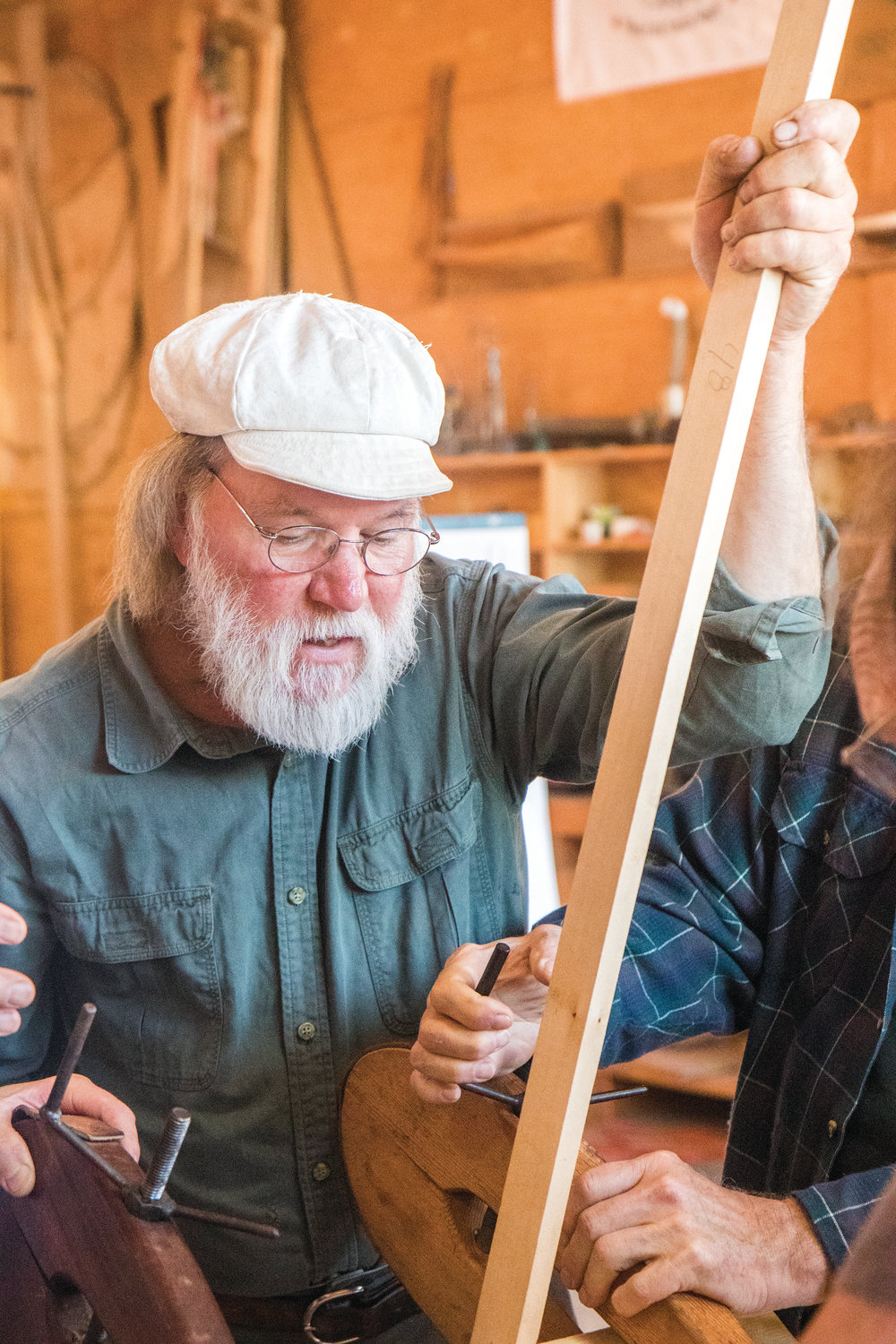Centuries ago, in Viking-era Scandinavia, master woodworkers would craft boats by eye, felling trees, curving planks and creating boat building methods that have lasted for 1,200 years.
Today, …
This item is available in full to subscribers.
We have recently launched a new and improved website. To continue reading, you will need to either log into your subscriber account, or purchase a new subscription.
If you had an active account on our previous website, then you have an account here. Simply reset your password to regain access to your account.
If you did not have an account on our previous website, but are a current print subscriber, click here to set up your website account.
Otherwise, click here to view your options for subscribing.
* Having trouble? Call our circulation department at 360-385-2900, or email our support.
Please log in to continue |
|

Centuries ago, in Viking-era Scandinavia, master woodworkers would craft boats by eye, felling trees, curving planks and creating boat building methods that have lasted for 1,200 years.
Today, these methods are still being taught in Port Townsend.
Jay Smith has been learning the craft of Viking boat building since he was 27 years old. Now, he has brought his skills to the Northwest Maritime Center to teach a course in Norse boat building.
During his two-week class, students are helping build a Norwegian Faering boat, which is a four-oar wooden boat, using traditional tools and building methods.
“There are no plans, lines, or drawings for these boats,” Smith said. “It’s a very creative process, you’re building by eye. The building method goes back 1,200 years.”
The class aims to recreate the process that Viking boat builders went through. Using traditional tools such as adzes, drawknives and spokeshaves as well as fastenings and rivets that were hand-forged by a local blacksmith, the students are embodying the movements that the Vikings went through to use the indigenous woods, white oak and Alaskan yellow cedar, to craft a boat by eye.
“We’re just creating it as we build,” Smith said. “It’s not mathematical, it’s much more organic and aesthetic. That way, no two boats are precisely identical. Each has its own character.”
The Vikings built many different kinds of ships, but are most known for the iconic shape of their longships, which were narrow and often had ornate designs on the mast.
“Viking boats are spectacularly beautiful, elegant designs that haven’t changed for centuries,” said Len Feldmen, one of the students in the class who has been a Viking boat enthusiast. “Jay has studied this his whole life and learned from master builders in Norway.”
The ships were built long and narrow so they could be used in shallow water. Made with planks of timber, usually oak, they were made watertight by overlapping the planks and nailing them together, then filling the spaces between the planks with wool, moss or animal hair mixed with tar or tallow.
The “Faering” boat is a four-oared boat. The group of students in Smith’s class are learning the skills that have been passed orally from one generation to the next.
“It requires a lot of attention to detail and listening to the wood and what it will allow us to achieve,” Smith said. “We’re creating a form which is beautiful and aesthetically pleasing to the eye, but also strong and functional.”
Even though they have access to modern tools, Smith hopes students will gain a respect for the traditional techniques their forefathers (if they are of Nordic descent) created.
“We’ve got all these modern advantages, but that makes what they achieved even more remarkable,” Smith said. “It reminds us that we should have the utmost respect for those people. They weren’t just the barbarians we often think of them as, but ingenious, perceptive and artistic.”
Smith is giving a lecture and a demonstration on Viking boat building at the Wooden Boat Festival this year, discussing building the Viking ship “Polaris” on the technical stage at 1:15 p.m. on Sept. 6 and showing Norse Boat building techniques on the boat building stage at 10:30 a.m. on Sept. 7.